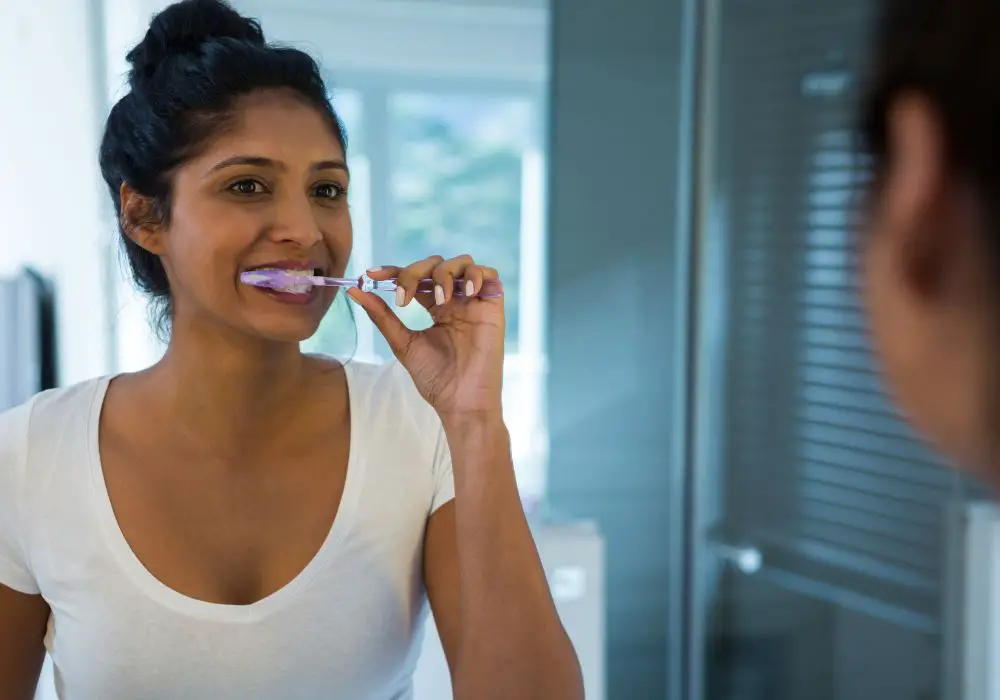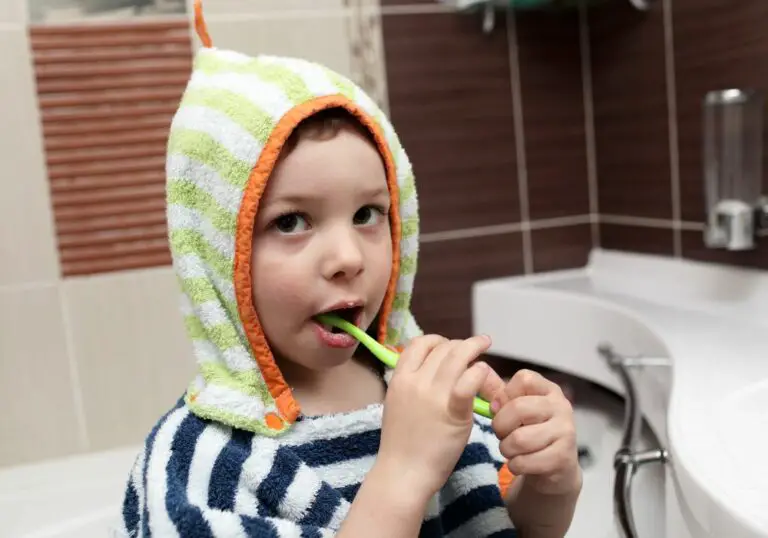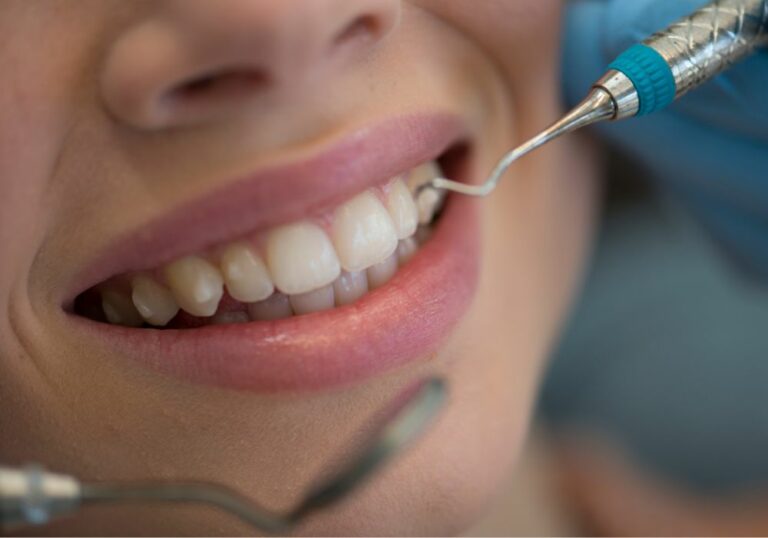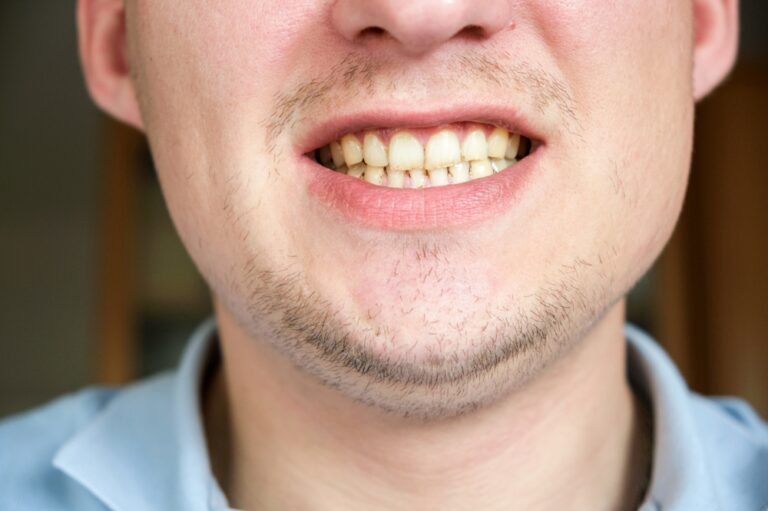A Closer Look at Xylitol
Xylitol is a naturally occurring sugar alcohol that is found in small amounts in fruits and vegetables. While it tastes sweet like sugar, it contains 40% fewer calories and has a low glycemic index, meaning it does not spike blood sugar levels.
Xylitol has been used for decades in food products like chewing gum and mints as an alternative sweetener to sugar. More recently, it has also become popular in oral care products due to its beneficial effects on dental health.
When consumed, xylitol is not fermented by the oral bacteria that cause tooth decay and erosion. This is because only we humans have the necessary enzymes to break down xylitol completely. The bacteria in our mouths cannot use xylitol to grow and produce acids that erode tooth enamel.
In fact, xylitol has been shown in numerous clinical studies to:
- Reduce levels of cavity-causing streptococcus mutans bacteria in saliva and plaque by up to 90%
- Raise the pH in the mouth and return it to a healthy, non-acidic level
- Stimulate saliva production, which washes away plaque acids and provides minerals to remineralize tooth enamel
- Prevent bacteria from sticking to teeth and forming damaging plaque biofilms
- Enhance remineralization and tooth strength when combined with fluoride
- Reduce inflammation and bleeding of the gums
Consuming or using xylitol regularly can help prevent tooth decay and strengthen weakened tooth enamel to stop cavities from forming. This makes it a valuable addition to dental hygiene regimens.
Now let’s look specifically at whether it is safe and beneficial to use xylitol products after brushing your teeth.
Why Xylitol and Fluoride Work Well Together

Fluoride toothpaste is recommended by dentists for its ability to strengthen tooth enamel and make it more resistant to acid attacks. The fluoride ions integrate into enamel, forming fluorapatite which is less soluble and porous than regular hydroxyapatite.
Xylitol complements and boosts the effects of fluoride in a few key ways:
- Makes enamel more receptive to fluoride: Xylitol increases saliva production in the mouth. The minerals in saliva help break down plaque and prime the enamel surface to readily take up and integrate fluoride ions.
- Boosts remineralization: Along with fluoride, xylitol enhances mineralization of enamel to counteract early decay. Saliva carries extra calcium and phosphate to redeposit in weakened areas.
- Prolongs fluoride exposure: Consuming xylitol products after brushing keeps fluoride active on the teeth longer by preventing rinse-off. This extends the time fluoride has to work.
- Increases uptake: Studies show when used together, significantly more fluoride is deposited into enamel from toothpaste when xylitol gum is chewed afterward, enhancing the protective effects.
- Works against decay: Xylitol stops bacteria from producing acids that erode fluoride in enamel. The fluoride remains intact and cavity-fighting.
So not only is it safe to use xylitol after brushing, it can actually amplify and prolong the decay-fighting benefits of fluoride toothpaste.
Oral Health Benefits of Using Xylitol After Brushing
Though brushing with fluoride toothpaste is extremely protective, the effects begin to taper off quickly as saliva washes some away and new plaque accumulation begins. Consuming or using xylitol products after brushing teeth can extend the oral health benefits in the following ways:
1. Continued bacteria inhibition
Xylitol prevents disease-causing oral bacteria like S. mutans from adhering to clean teeth. This disrupts the bacterial colony and slows regrowth. Used after brushing, xylitol extends the bacteria-fighting effects.
2. Enhanced remineralization
The minerals in saliva enhance the redeposition effects of fluoride into enamel. This strengthens teeth and reverses early decay more effectively.
3. Further plaque reduction
Plaque begins forming again soon after brushing as bacteria cling to teeth. Xylitol interferes with adhesion and reduces plaque buildup between brushing sessions.
4. Acid neutralization
After eating or drinking acidic items, xylitol helps counteract the acids and return the mouth to a neutral pH not conducive to demineralization.
5. Enamel protection
By stimulating protective saliva flow and preventing bacterial overgrowth and acid production, xylitol shields tooth enamel from dietary and bacterial acids that erode enamel.
6. Cavity prevention
With regular use over time, xylitol can reduce cavity risk by up to 80% by starving harmful S. mutans bacteria of their food source – sugars.
7. Gum and periodontal benefits
Xylitol prevents bacteria that cause gum inflammation and periodontal pathologies. This reduces bleeding and irritation of the gums.
Consuming xylitol throughout the day is beneficial, but using it after brushing amplifies the positive impacts on your oral health.
Potential Drawbacks to Consider

While xylitol offers advantages for dental health after brushing teeth, there are a few potential drawbacks to keep in mind:
May affect blood sugar
All sugar alcohols can raise blood glucose and insulin levels. This is of concern for diabetics or prediabetics when consumed in excess.
GI side effects
When consumed in large amounts, xylitol can cause diarrhea, gas, and bloating. Work up to higher doses slowly.
Allergic reactions
Though not common, xylitol can cause hives, stuffy nose, or mouth ulcers in those with sensitivities. Discontinue use if any irritation occurs.
Bacteria can still adhere
If not used immediately, bacteria may still adhere to clean teeth and allow acid production. Use xylitol ASAP after brushing.
No cavity cure
While beneficial, xylitol only reduces cavity risk. Excellent oral hygiene and fluoride use is still vitally important.
Higher cost
Xylitol costs more than regular sugar. Seek out deals online or in natural grocers to reduce the price.
With moderation and smart use, xylitol is a safe, effective addition to oral care regimens for most people. But those with health conditions or cost concerns may want to exercise more caution.
Ideal Xylitol Products to Use Post-Brushing

There are many great xylitol dental products to use right after brushing for maximum benefits:
Xylitol Toothpastes
- Spry Fluoride & Xylitol Toothpaste
- Squigle Enamel Saver Toothpaste
- Xyliwhite Anti-Cavity Mint Toothpaste
Benefits: Fluoride and xylitol combined fight cavities; Minty fresh breath
Xylitol Mouthwashes
- BreathRite Advanced Oral Rinse with Xylitol
- CloSYS Original Unflavored Mouthwash
- ACT Kids Anticavity Fluoride Rinse
Benefits: Reduces bacteria; Leaves teeth smooth; Freshens breath
Xylitol Chewing Gums
- Trident Xylitol Gum, Peppermint or Spearmint
- Pur Gum, Peppermint or Wintergreen
- Xyloburst Gum in Cool Mint, Cinnamon, or Fruit Flavors
Benefits: Stimulates saliva; Freshens breath; Delivers xylitol to teeth
Xylitol Mints/Lozenges
- Ice Chips Candy, Peppermint flavor
- Spry Xylitol Power Peppermints
- Xylichew Fruit Flavored Xylitol Candy
Benefits: Coats teeth with xylitol; Fights dry mouth; Portable
Be sure to select products with xylitol as the first or only sweetener for the most benefits and lowest sugar content.
Answers to Frequently Asked Questions
Is it okay to use xylitol immediately after brushing?
Yes, it’s perfectly fine and beneficial. Xylitol does not interfere with fluoride and provides added protection.
Should I rinse after brushing before using xylitol?
No need to rinse. This allows more fluoride contact time and maximizes xylitol effectiveness.
How soon after brushing can I use xylitol?
Wait 5 minutes to allow fluoride to absorb into your enamel before using xylitol products.
Does xylitol work as well before brushing as after?
Xylitol is helpful any time, but using it after brushing boosts fluoride and extends oral health benefits.
What xylitol products are best after brushing?
Toothpaste, mouthwash, gum, and mints that contain xylitol are ideal choices after brushing.
Can I use too much xylitol after brushing?
Consuming more than 15-20 grams of xylitol per day may cause digestive issues in some people.
Is xylitol mouthwash as effective as fluoride rinse?
Xylitol rinses help, but do not contain fluoride, so use a fluoride mouthwash too.
Can kids use xylitol products after brushing?
Yes, xylitol is safe for kids. Look for kid-friendly options like flavored gum or rinses. Monitor for allergies.
Does xylitol stain teeth?
No, xylitol does not stain or discolor teeth. It can help remove staining by increasing saliva flow.






